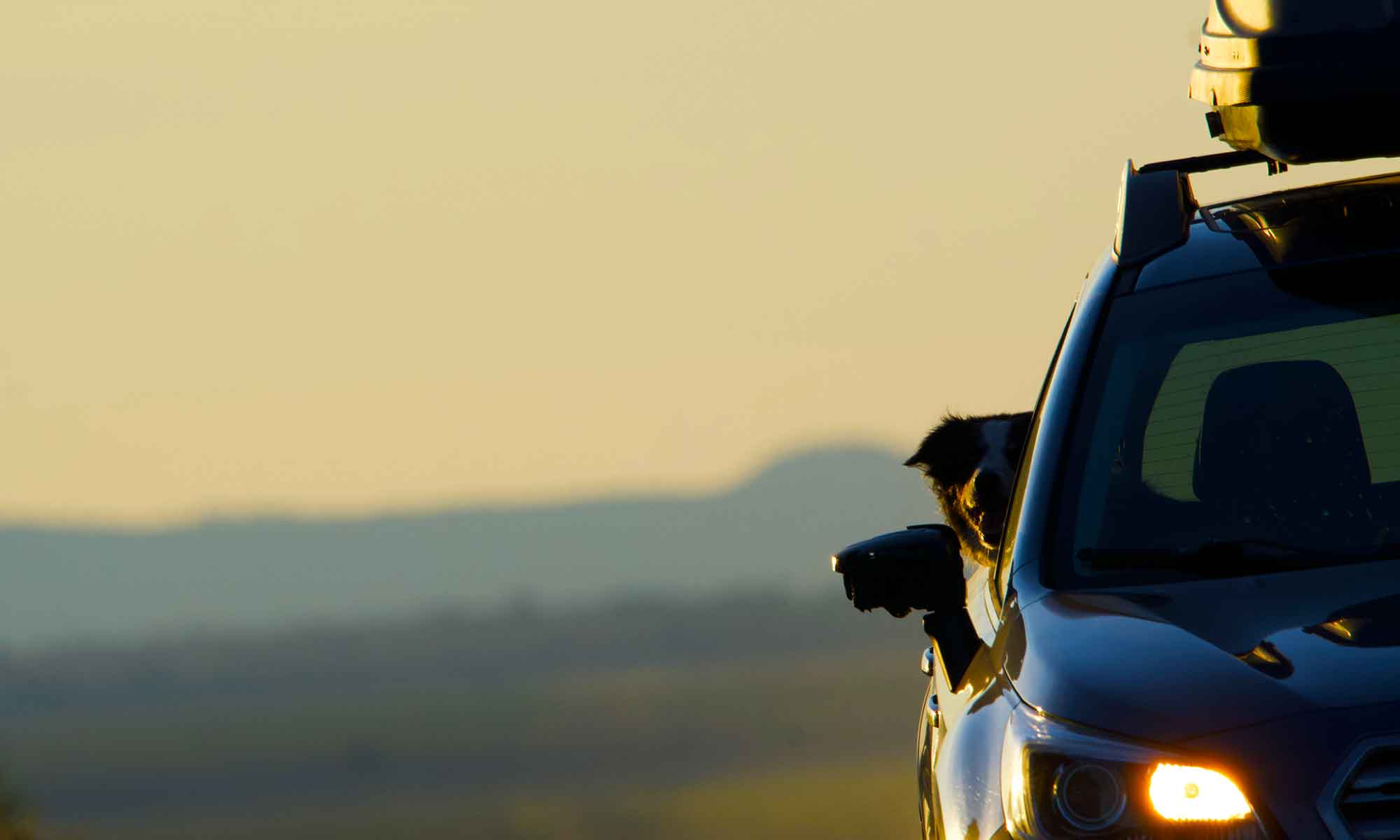 Blazed by early explorers like John Fremont, a mostly two-lane road winds south out of Bend onto the eastern slopes of the Cascade Mountains. This nearly 100 mile stretch started out as a dirt trail linking the city to a southern route over those rugged peaks. It’s those peaks that draw most of the traffic these days.
Blazed by early explorers like John Fremont, a mostly two-lane road winds south out of Bend onto the eastern slopes of the Cascade Mountains. This nearly 100 mile stretch started out as a dirt trail linking the city to a southern route over those rugged peaks. It’s those peaks that draw most of the traffic these days.
We regularly access the upper Deschutes River and Davis Lake along a stretch of FS 47, Cascade Lakes Scenic Highway. Though at least once a year we make the loop from the southern edge of Bend to it’s junction at Highway 58 because it’s a really beautiful drive.
South from Bend you climb to the base of Mt Bachelor. A major section of the highway is closed until late May but by mid-June it’s lined with wildflowers and snow capped peaks. There are many places to pull off and explore but we never just pass the meadow on the western edge of Sparks Lake.
 Soda Creek Campground caught our attention this trip. Only ten sites but all with views across the meadow.
Soda Creek Campground caught our attention this trip. Only ten sites but all with views across the meadow.
We will very likely be back for an overnight, to hopefully catch some wild life that venture onto the grassy flats that the creek meanders through.
From June to September the lakes and their resort beaches are filled with swimmers, kayaks, even powerboats … places we mostly avoid in the summer. We do however frequent a couple of turnoffs between Lava Lake and Crane Prairie Reservoir. A crystal clear stream, headwaters of the Deschutes River cuts a channel through the pines and offers great picnic sites.








 Summer camping got into full swing this week. We are doing short one and two day trips to fine tune the systems in our Eurovan camper. We will eventually do longer trips but for now we are working out kinks.
Summer camping got into full swing this week. We are doing short one and two day trips to fine tune the systems in our Eurovan camper. We will eventually do longer trips but for now we are working out kinks.





 Sometimes when you start out for the day there is a destination in mind. Other times you don’t know where you’re going, and once in a while it changes mid journey.
Sometimes when you start out for the day there is a destination in mind. Other times you don’t know where you’re going, and once in a while it changes mid journey. Last week we had just that kind of day. It started with a trip to get sunrise images at Fort Rock, maybe grab photos of raptors, and hike up around the rim. It was a frosty morning, a bit too cold for a long walk, although we did pick up some great shots.
Last week we had just that kind of day. It started with a trip to get sunrise images at Fort Rock, maybe grab photos of raptors, and hike up around the rim. It was a frosty morning, a bit too cold for a long walk, although we did pick up some great shots.


 Even when there’s not a road mapped, a simple two track exists on the ground. This means you really need to keep a close eye to the USFS road markers, those flat metal posts at most junctions with numbers on them.
Even when there’s not a road mapped, a simple two track exists on the ground. This means you really need to keep a close eye to the USFS road markers, those flat metal posts at most junctions with numbers on them.




 To the east of Fort Rock is a lava flow formation called the Devils Garden (scheduled for a separate day’s exploration). We start with USFS 18, skirting the western edge of that rocky structure, then turn on to 2431 and bump along the seam where forest meets high desert.
To the east of Fort Rock is a lava flow formation called the Devils Garden (scheduled for a separate day’s exploration). We start with USFS 18, skirting the western edge of that rocky structure, then turn on to 2431 and bump along the seam where forest meets high desert. Eventually we wound up on the southern rim of Hole-in-the-Ground, a unique, if unimaginatively named geological feature.
Eventually we wound up on the southern rim of Hole-in-the-Ground, a unique, if unimaginatively named geological feature.

 We head along a scenic drive to explore the prehistoric past of Oregon and stop at the Clarno Unit of the John Day Fossil Beds. It is located 18 miles west of the town of Fossil, Oregon.
We head along a scenic drive to explore the prehistoric past of Oregon and stop at the Clarno Unit of the John Day Fossil Beds. It is located 18 miles west of the town of Fossil, Oregon. The Palisades are the most prominent landform and are ancient mudflows.
The Palisades are the most prominent landform and are ancient mudflows.